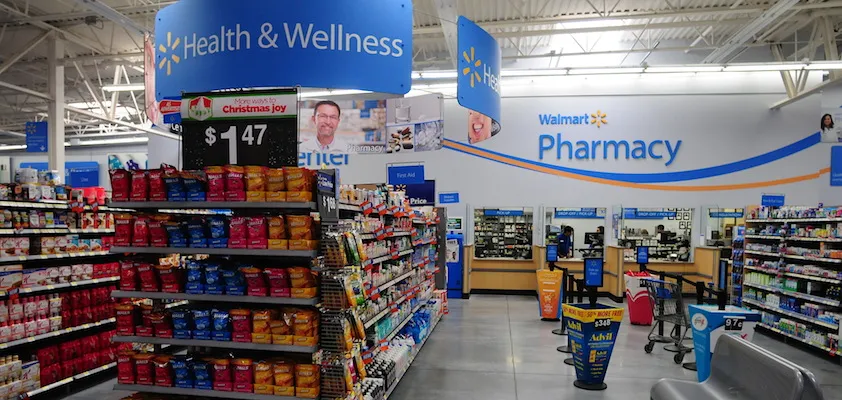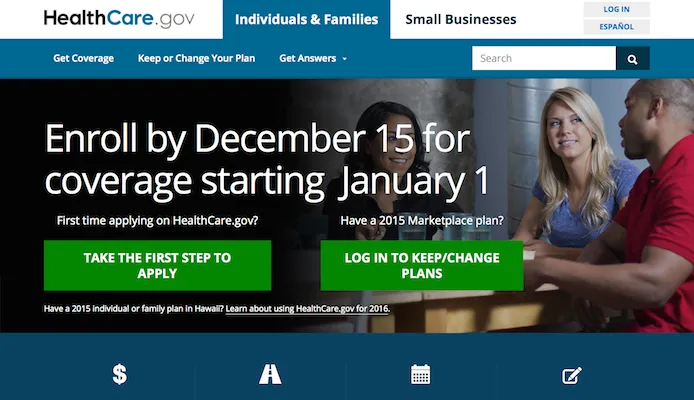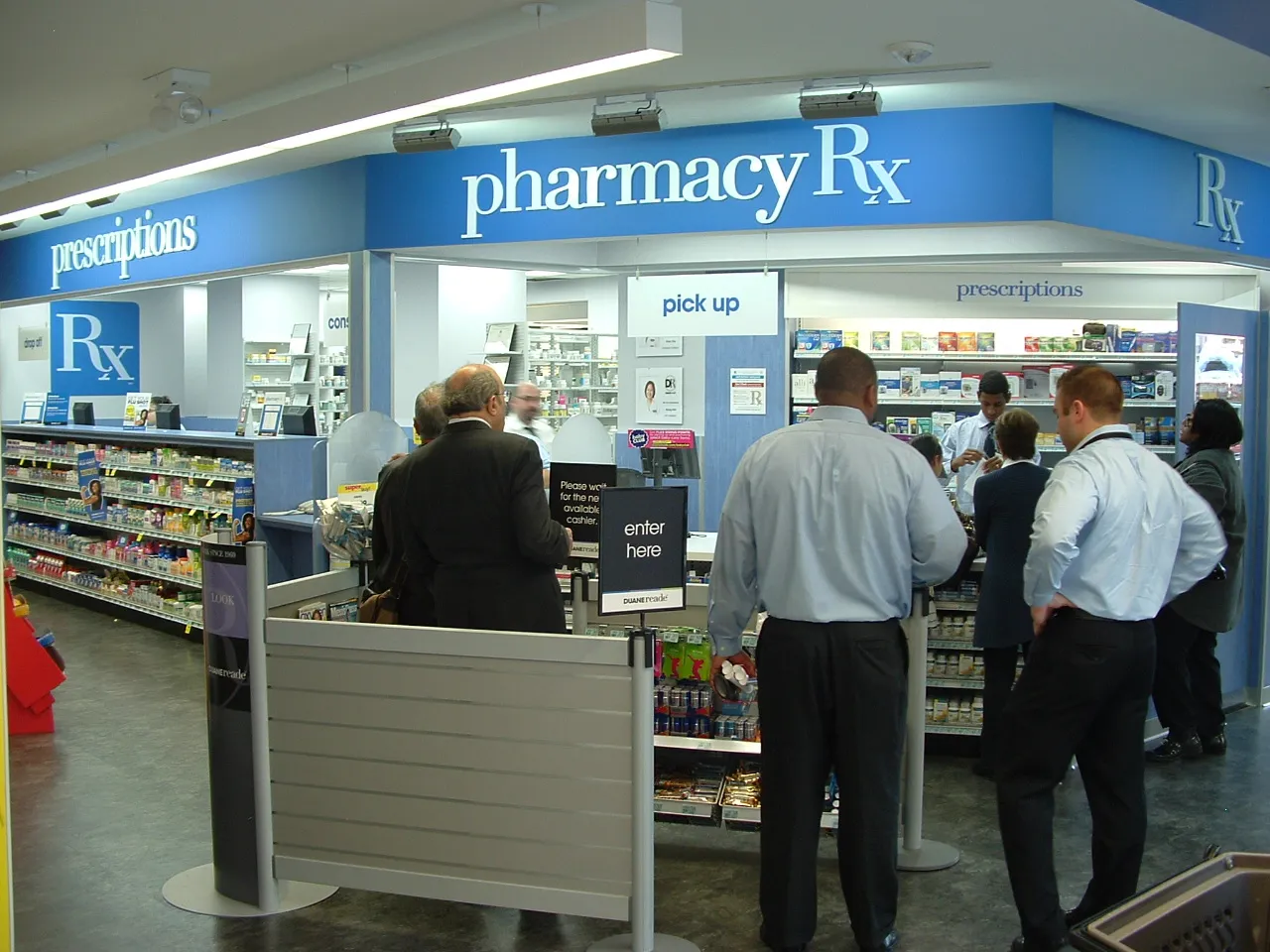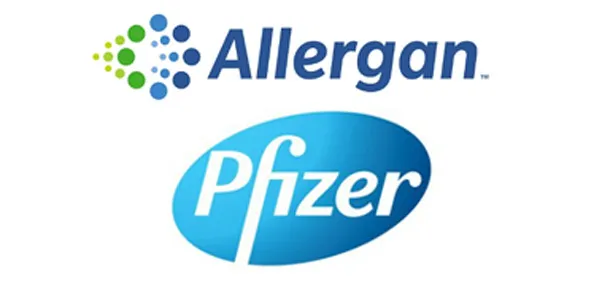WASHINGTON — The government vows to conduct an extensive outreach initiative during the Affordable Care Act’s upcoming open enrollment period in an attempt to enroll millions of eligible but difficult-to-reach Americans who have yet to sign up for health insurance.
Sylvia Burwell
“Those who are still uninsured are going to be a bigger challenge,” Department of Health and Human Services Secretary Sylvia Burwell said in recent remarks to the Howard University College of Medicine.
This year’s enrollment campaign, which runs from November 1 through January 31, is expected to be challenging in part because officials will be pursuing those who have declined to sign up for health insurance during the two previous enrollment seasons. About half of those who qualify for coverage on the health insurance exchanges, or marketplaces, are ages 18 to 34, “which means they might not think they need insurance,” Burwell said.
Affordability also continues to pose a challenge: Even with the law’s financial help to pay for premiums and out-of-pocket costs, some uninsured may simply not have the money to pay for coverage.
Nearly 40% of the uninsured who qualify for marketplace coverage earn between 139% and 250% of the poverty level, about $30,000 to $60,000 a year for a family of four, Burwell said. Almost 60% of the uninsured are either confused about how the tax credits work or don’t know that they exist, and about half of the uninsured have less than $100 in savings, Burwell said.
“Overall, this open enrollment is going to be tougher than last year,” she said. “But while our goals may be harder to reach, we’re working smarter to reach them. “We know Americans are depending on us, and we’re doing everything we can to help them find the coverage they need.”
Federal officials plan to focus on the uninsured in the densely populated areas of Dallas, Houston, northern New Jersey, Chicago and Miami. They will target younger, lower-income and black and Hispanic Americans who are more likely to still lack coverage, said Burwell.
“Five years in, millions of people have new coverage, and the percentage of the uninsured has been reduced to the lowest level on record,” said Burwell. “We now have a new opportunity before us to build on this progress. We know current Marketplace customers are satisfied with their coverage, and we expect most to continue with it. We also believe we can continue to connect people with the coverage they need and further decrease the number of Americans without health insurance.”









